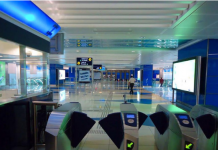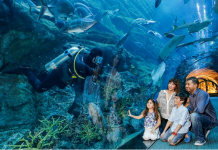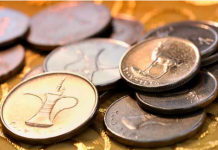From mountains, deserts and ancient cultural sites to beaches, mangroves, water sports and more, Ras Al Khaimah is a truly unforgettable Arabian experience. Only 45 minutes from the hustle and bustle of Dubai, this oasis of nature and tranquillity is the UAE’s most northern emirate, bordering Oman.
Travellers looking for a destination with year-round sunshine, sweeping white sandy beaches, adventure and world class resorts are invited to visit Ras Al Khaimah.
Ras Al Khaimah is a unique destination for visitors of all ages. With its 416,600 population the emirate boasts of beautiful mountains, red sandy desert and lush green plains along with a series of creeks and lagoons. It has a rich heritage dating back 5,000 years, which manifests in numerous historical sites, forts and abandoned villages. The Emirati culture is omnipresent in Ras Al Khaimah and you will be welcomed with the warm Arabic hospitality wherever you go.
Ras Al Khaimah offers a variety of entertainment and relaxation facilities including exclusive hotels & resorts, international cuisines’ restaurants and selective spas, all at great value for money.
With a wide range of activities covering water sports, sailing cruises, desert camps, golf courses and mountain adventures, the emirate of Ras Al Khaimah presents an ultimate outdoor experience for residents and visitors alike. 64 kilometres of coast line with crystal clear water and white sandy beaches are a heaven for all sun-seekers.
Ras Al Khaimah is the fourth largest emirate. It is estimated to have a total population of 300,000. The establishment of free zones and industrial areas has influenced its economy positively.Located just 45 minutes from the Dubai International Airport and being well connected by Airport and the National Highway, Ras Al Khaimah enables easy stopovers as well as extended holidays. With its splendid natural treasures and recreational choices, Ras Al Khaimah is a picture-perfect leisure destination that is a must for travellers, looking for the real essence of Arabia.

















